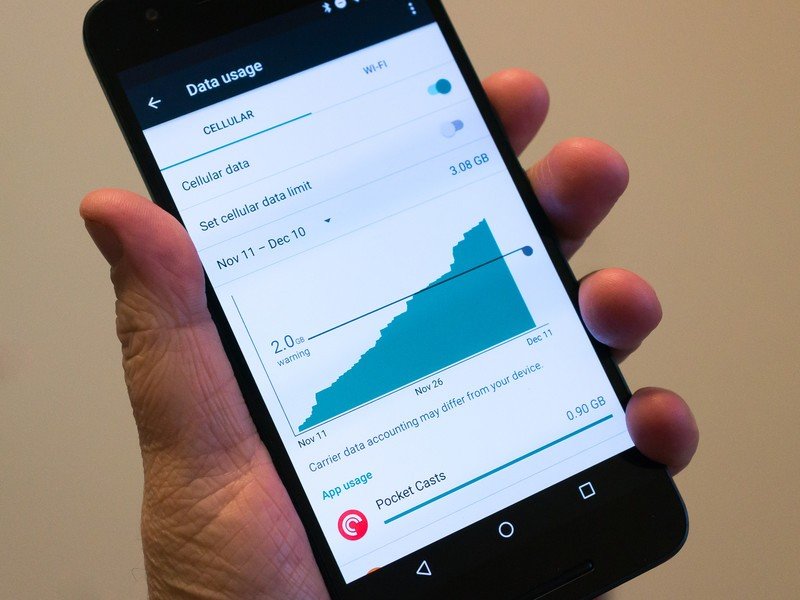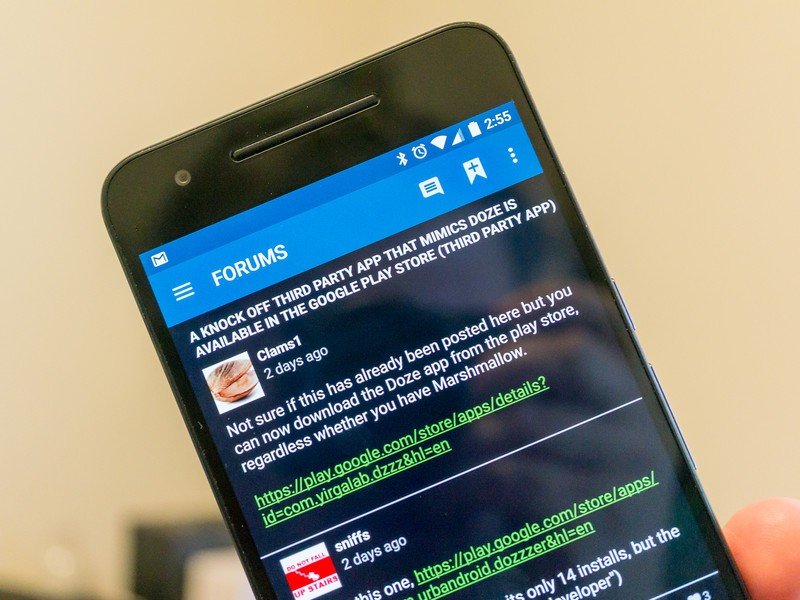Third-party Doze apps and what you need to know

We've seen a handful of apps popping up in Google Play that claim to bring the Doze feature from Marshmallow to phones that haven't yet been updated. We're not going to name any names or point you towards any, but we are going to talk about how they work and what they do.
For starters, Doze isn't something that can be built into an app. Claims like "Official Doze mode is only for Marshmallow, but [app name] brings this powerful battery saving feature to all Androids." aren't true, and should be a red flag when you see them. Doze works because of platform-level changes to Android, and it can't be pulled out of the code and built into something you can install. The only way to get Doze is to get an update to Android 6.0 or higher.
That doesn't mean these apps aren't doing something. They just aren't providing the Doze feature from Marshmallow, which actively shuts down apps when idle as well as slows down the flow of data.
So, what are they doing?

The description of these apps claims that incoming and outgoing data are the biggest battery killers on your phone. That can be absolutely true, and that means killing data transfer will save you some battery.
What these apps do is shut down the flow of data, then give you the ability to choose which apps can use data to get notifications or content through the use of a whitelist. The idea is that only the apps you really want to use will work, and you'll be saving battery by not letting other things connect to the outside world.
This is done by setting up a VPN (Virtual Private Network) to funnel all incoming and outgoing data through. The VPN is local —created on your phone and you are both the server and the only client — so the chance for any outside security risks is minimized, and all it does is block data for everything you haven't specifically whitelisted. It is still a VPN, though, and all the data for apps you haven't blocked is flowing through it, so you'll need to make sure you trust the developers. For what it's worth, the handful of apps I tried were not bundling up this data and sending it out to some other place. But the potential is always going to be there.
Get the latest news from Android Central, your trusted companion in the world of Android
Should I use one?

Let's be perfectly clear — as long as these applications aren't grabbing the data that is being sent through the VPN they set up and storing it or sending it off to some other server — and none of the ones I tested were doing so — there's nothing harmful that will happen from using them. You will miss notifications, things won't refresh as they should unless you have them open and in the foreground, and your smartphone will be a little less smart, but nothing will permanently break.
You might save some battery by using them, depending on what you add to the whitelist. Some apps are notoriously data and power hungry, and shutting down their connection to the outside will keep them from sucking down so much of your battery juice. On the other hand, you just used some battery by doing all this.
We just want to point out two pretty important things here: they aren't doing the same things Marshmallow's Doze feature is doing (regardless of the name of the app) and that the methods used have the potential to pose a serious security risk. We don't think the developers of these apps are trying to steal your data, or have any plans to do so in the future. They are just using "Doze" in the name to get more installs.
My advice? Jump into this discussion in the forums and talk about them. See what the people using them have to say, and share your own experience if you try them. An informed community will always come to the right conclusions, and is a valuable tool. Be part of it and use it.

Jerry is an amateur woodworker and struggling shade tree mechanic. There's nothing he can't take apart, but many things he can't reassemble. You'll find him writing and speaking his loud opinion on Android Central and occasionally on Threads.
